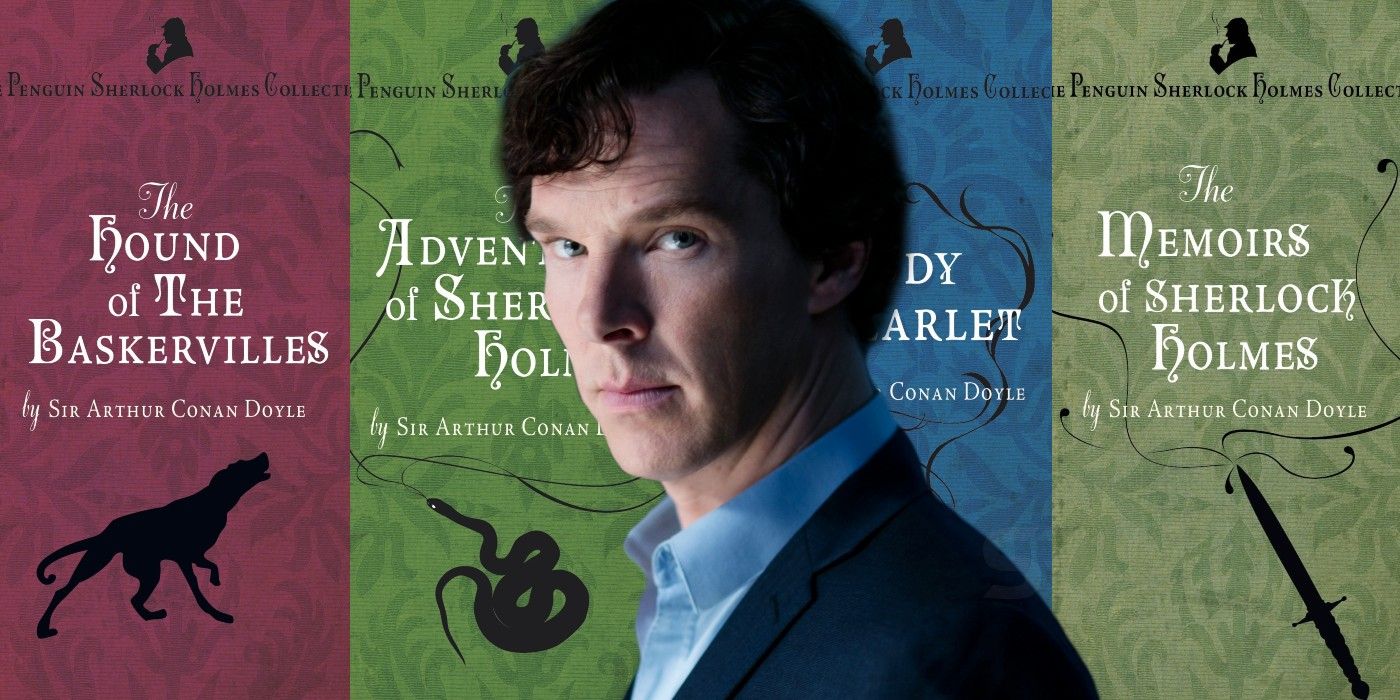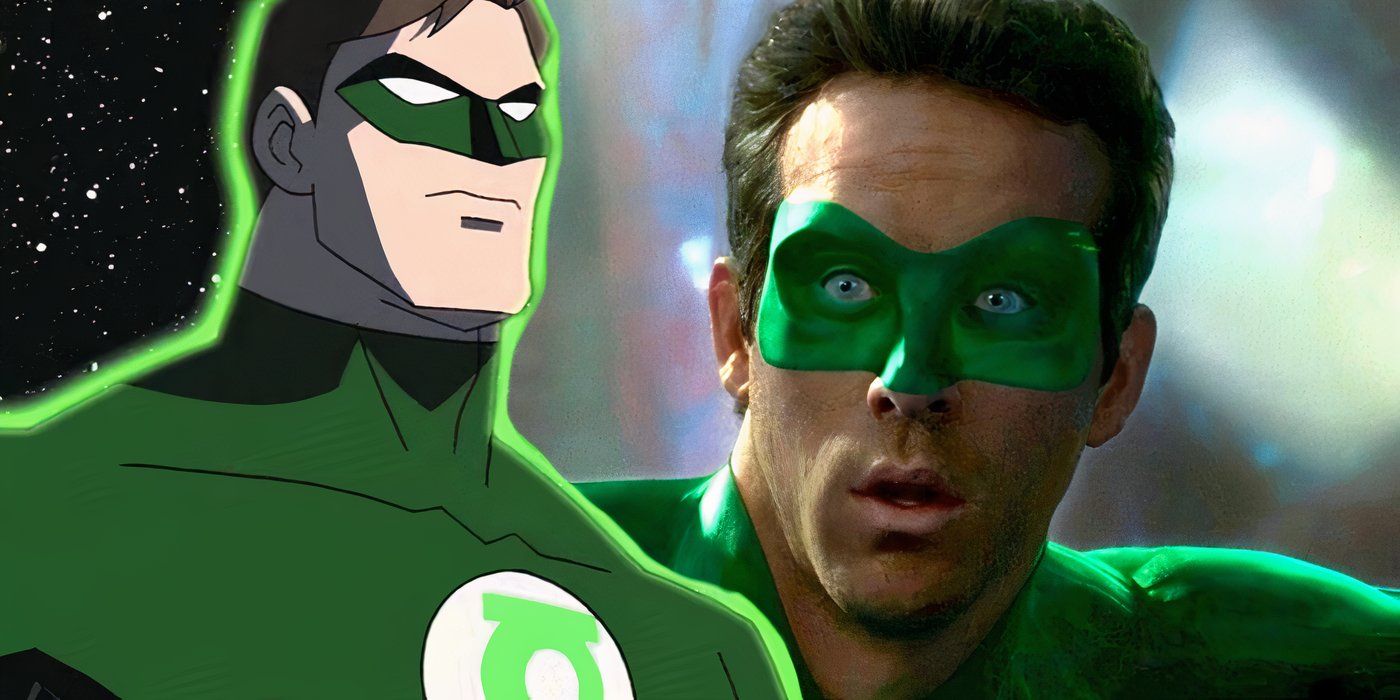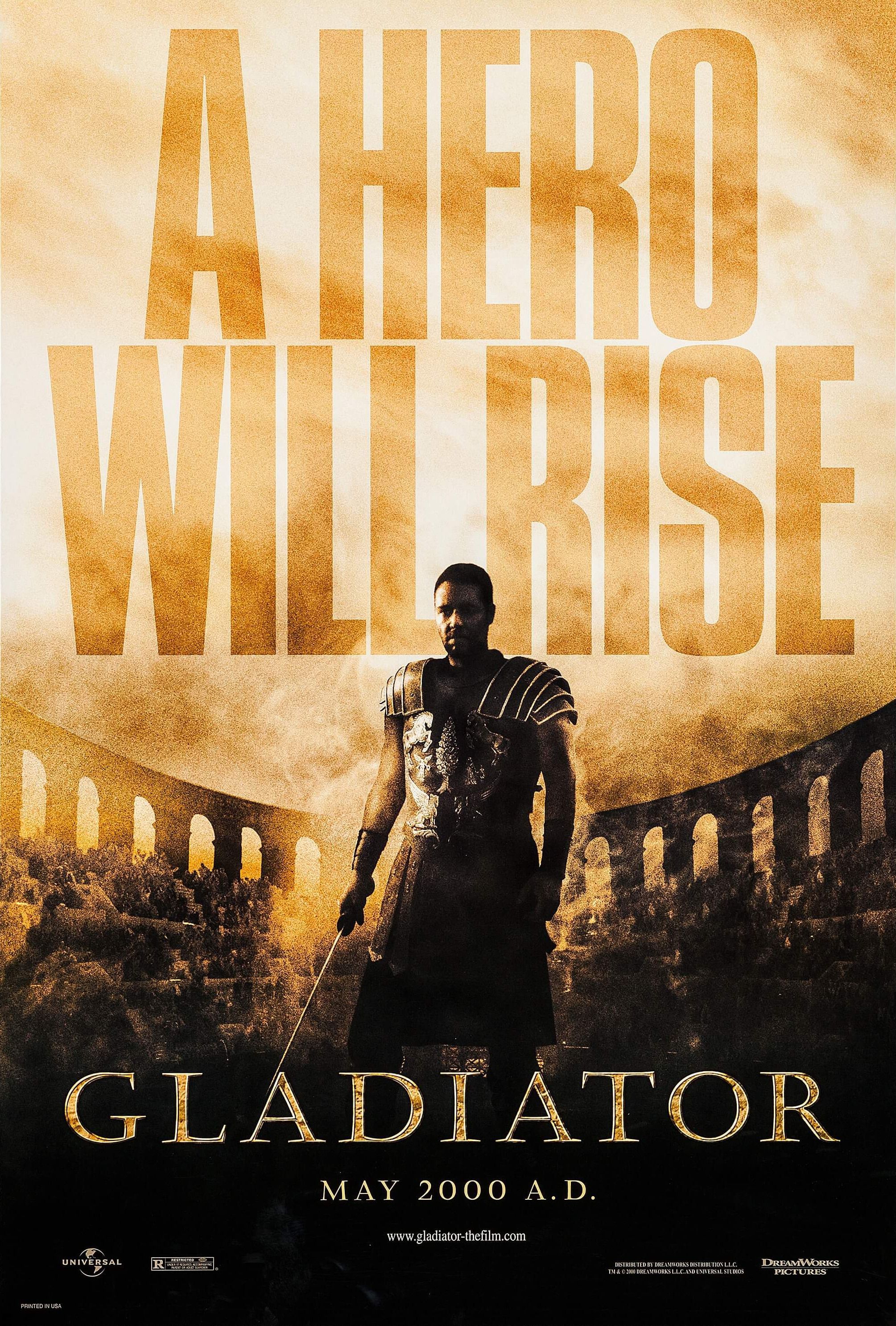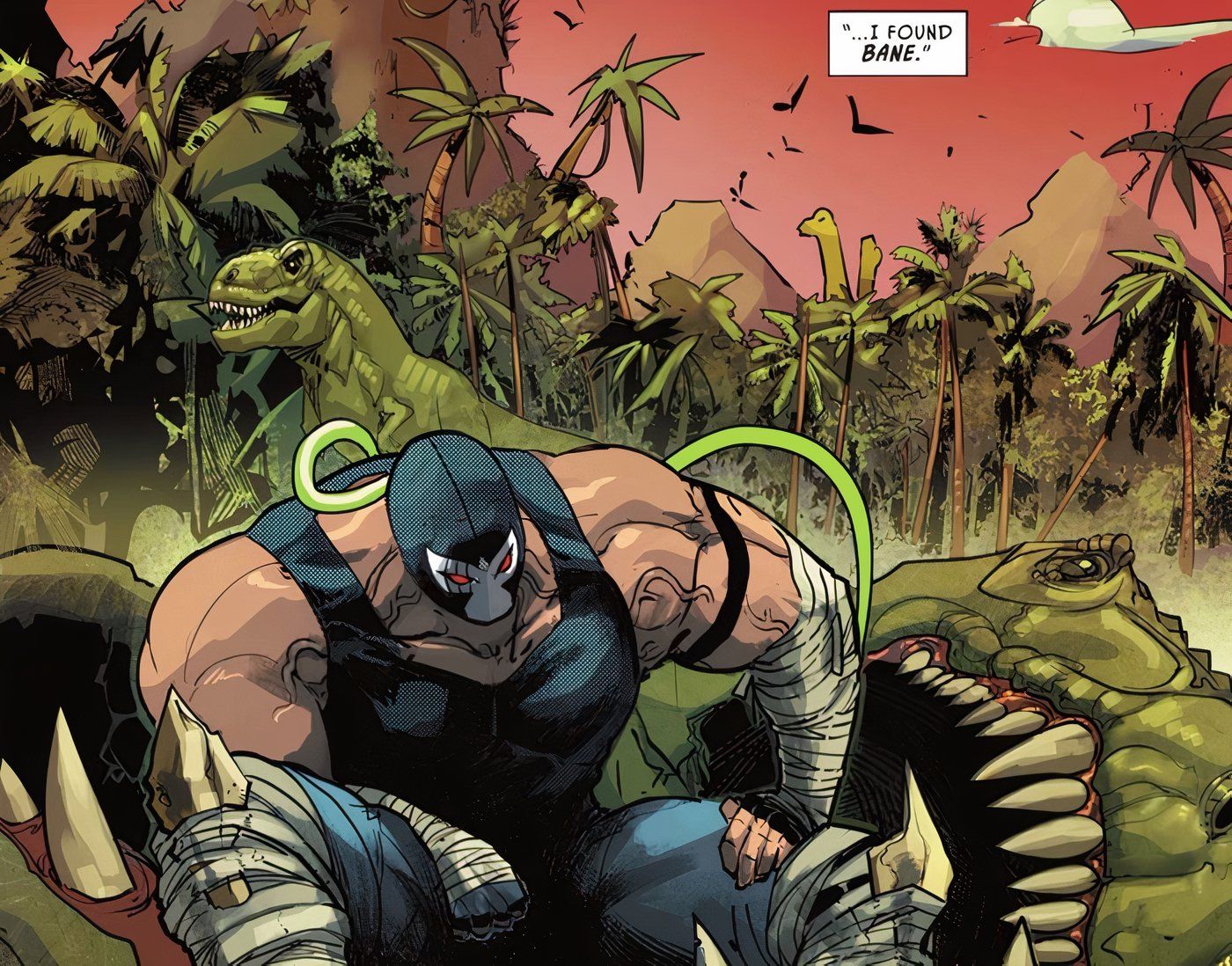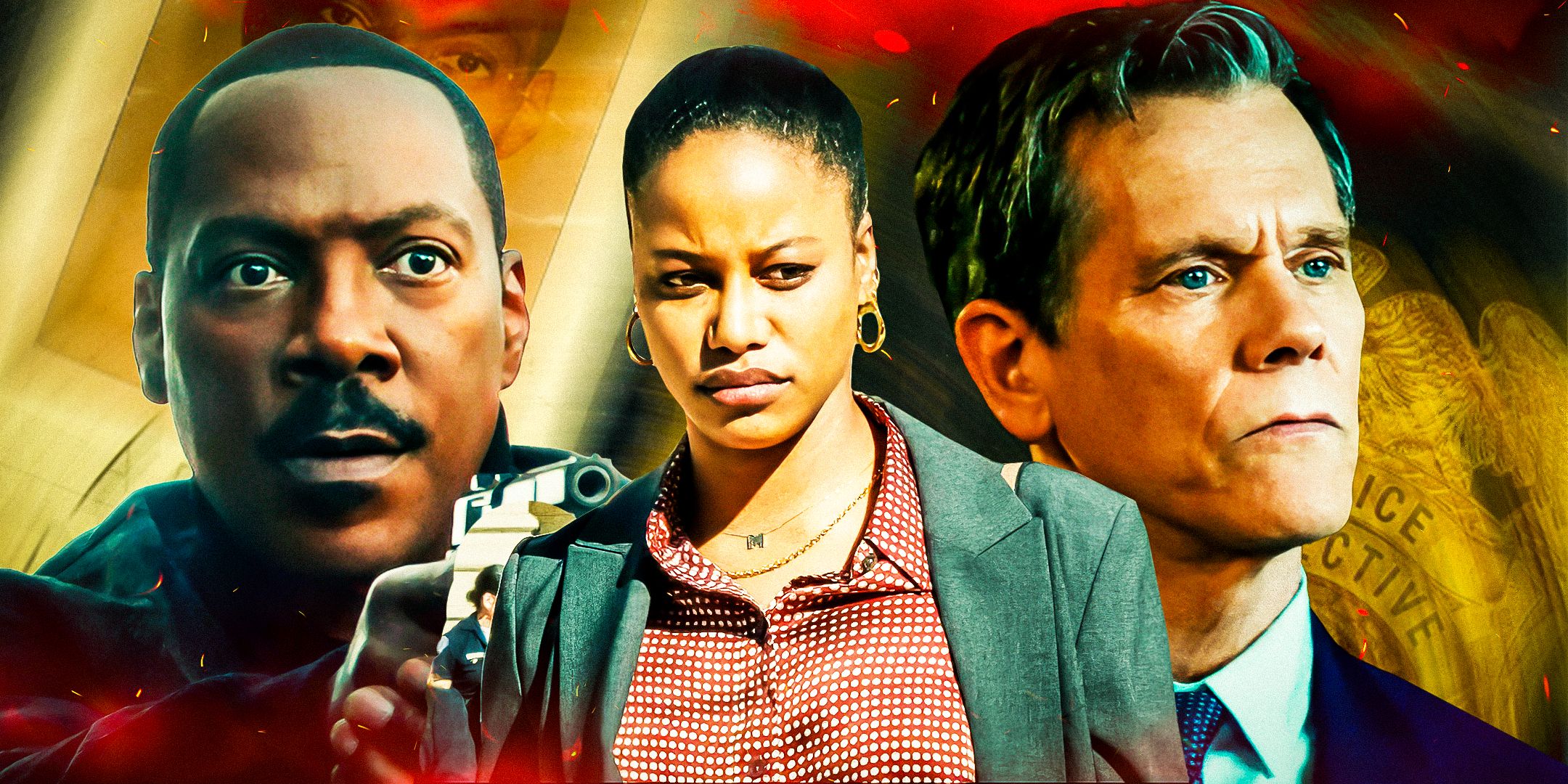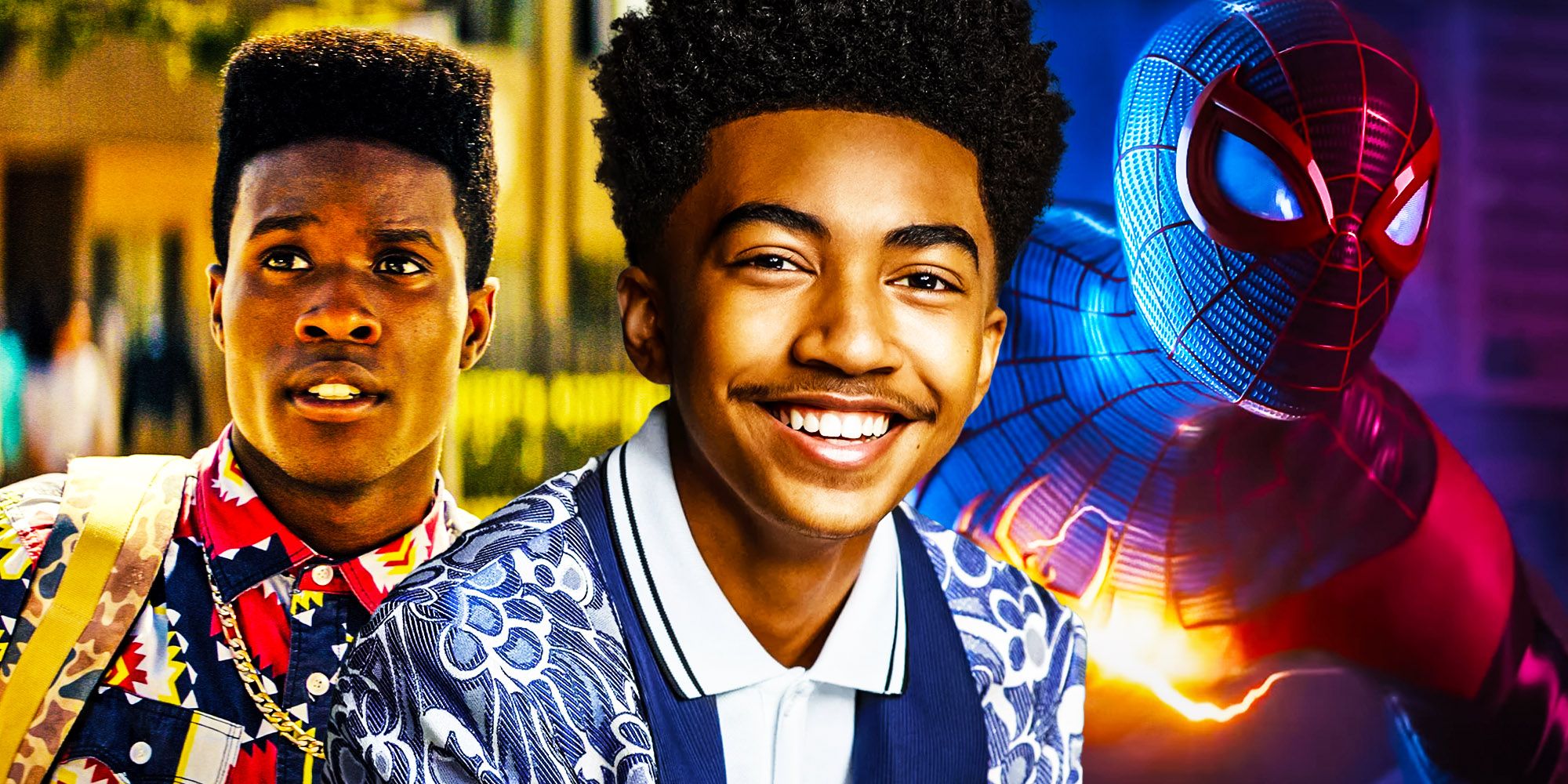Grant Morrison’s run on Batman is inarguably essential, introducing concepts and characters that still persist to this day. Morrison’s run hasn’t just been popular with audiences but also with other DC creators, and it’s so influential that Morrison’s characters continue to appear in two contemporary Batman runs: Chip Zdarksy’s Batman and Ram V.’s Detective Comics.
Morrison’s run can be broken up reasonably neatly into three distinct sections: their time on the pre-Flashpoint titles Batman and Batman and Robin, and their creation of Batman Incorperated, which debuted pre-Flashpoint and continued into DC’s New 52 era. Each book has its own tone provided both by Morrison and their artistic collaborators, and each expands the Bat-mythos dramatically. Morrison also redefined classic and deep-cut DC characters in ways that make the characters usable for modern comics, especially creations from the 1950s and ’60s.
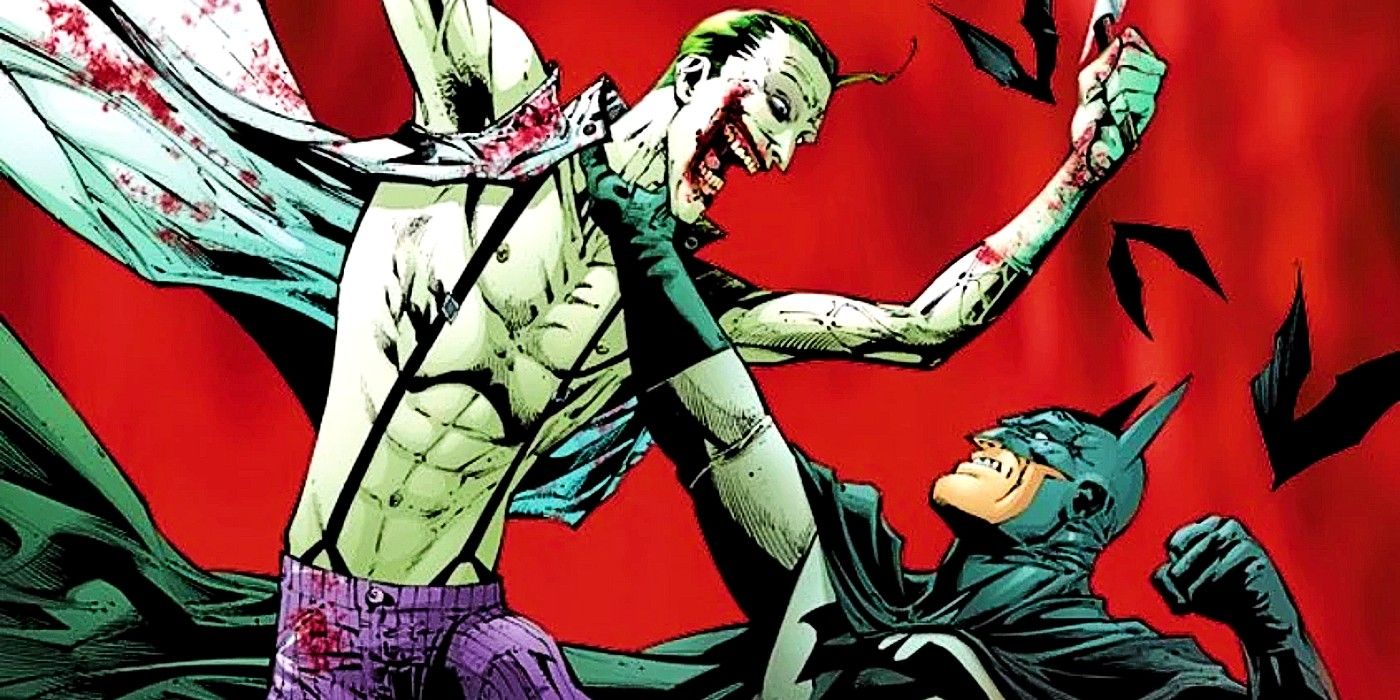
Related
“The Thin White Duke of Death”: Iconic Batman Writer Grant Morrison Shares Haunting Joker Redesign
Legendary Batman writer Grant Morrison shows off their original sketch for the Joker in Batman: R.I.P., and the redesign is pure nightmare fuel.
10
Batman’s Time Travel Escapades Revealed Gotham’s History
Bruce Wayne Is Now More Connected to His City Than Ever
Batman
Arguably one of D.C.’s most recognizable heroes, Batman is a vigilante superhero who billionaire philanthropist Bruce Wayne has primarily portrayed. Forged by tragedy, the various Batmen all tend to share a connection with Bruce, including his father, in an alternate timeline. Batman utilizes various tech developed at his multi-billion dollar company, Wayne Enterprises, and employs his exceptional martial arts training in combat.
- Franchise
-
D.C.
In Final Crisis #6 by Morrison, J.G. Jones, Marco Rudy, Carlos Pacheco, Doug Mahnke, Christian Alamy, and Jesús Merino, Batman is shot by Darkseid’s Omega Sanction, a weapon that sends him hurtling through time, skipping forward at random intervals. This is explored in Batman: The Return of Bruce Wayne, in which Morrison deepens Gotham’s history, showing it at different time periods. This story makes Batman literally foundational to Gotham and deepens the connections between Bruce and various Wayne ancestors, making it essential to Batman’s lore.
This story also includes the origin of the villain, Doctor Hurt. This time-jumping was seen again in Detective Comics 2022 Annual by Ram V., Rafael Albuquerque, Christopher Mitten, Hayden Sherman, Lee Loughridge, and Deron Bennett. A partially amnesiac Bruce from The Return of Bruce Wayne inspires a man named Aldridge Pierce to become Gotham’s first Batman-style vigilante in 1776. The annual is intentionally set between The Return of Bruce Wayne #1 and #2.
9
Professor Pyg’s Skin-Crawling Weirdness Was Exactly What the Franchise Needed
Pyg Brings a New Type of Monster Character to Batman
Batman villains are weird and wacky, but the psychedelic surgeries of Professor Pyg make him unforgettable. Frank Quitely’s depiction of Pyg stripping to disco music as he prepares to mutilate Damian Wayne in Batman and Robin #3 by Morrison, Quitely, Alex Sinclair, and Pat Brosseau is a double splash page for the ages, and it instantly solidified Pyg as an all-time Batman villain.
While Morrison later fleshes out Pyg’s backstory, connecting his madness to torture at the hands of the super-spy agency Spyral, it’s almost superfluous, since the combined visuals and unhinged ramblings of Pyg are effective enough on their own. Pyg has clearly struck a nerve with readers and writers alike and has returned time and time again. His distinct appearance has also made him a staple of villainous group shots and cameos, an easy way to ensure that a character never gets too lost to history.
8
Leviathan Represented the Fears of the Day
The Best Way to Control the World Is through Children
Leviathan, the cult led by Talia al Ghul, works so well in Morrison’s run because it preys on real-life fears. A child-indocrinating cult is a scary idea that today is often the dominion of conservative fearmongers and conspiracy theorists alike. What Leviathan does is make that fear real in a way that suits classic comic-book storytelling, as Talia indoctrinates a generation of children as part of her plan for world domination.
It doesn’t hurt that Batman Incorporated, where Leviathan first fully appears, is often drawn by Chris Burnham, whose detailed depictions of both nightmarish children and extreme ultra-violence are the perfect aesthetic for Leviathan. The group has continued to be a presence in DC Comics, most notably being co-opted and expanded by Mark Shaw, formerly the superhero Manhunter, who takes the organization’s name as his own moniker in the pages of Event Leviathan.
7
Spyral Radically Reimagined DC’s Super-Spys and Saved a Forgotten Hero
Morrison’s Secret Agency Brought Back the Original Batwoman and Paved the Way for Dick Grayson’s Best Series
Nightwing
Nightwing is the superhero moniker given to various vigilante heroes in the D.C. universe. Nightwing is depicted as a warrior who fights from the shadows, utilizes near-superhuman agility and expert combat skills, and tends to have several tools at their disposal. Though Nightwing began with Kal El/Clark Kent, Nightwing has since been primarily associated with Dick Grayson, a former Robin who grew into the new role.
- Created By
-
Edmond Hamilton
, Curt Swan
, Marv Wolfman
, George Perez - Alias
-
Dick Grayson, Clark Kent, Power Girl, Chris Kent
- Alliance
-
Teen Titans, Titans, Outsiders, Justice League, Batman Inc., Birds of Prey, Young Justice
- Race
-
Human, Kryptonian
- Franchise
-
D.C.
The secret organization Spyral changed the game for DC’s espionage world forever. Formed in the aftermath of World War II, the UN-funded group is created by the Nazi scientist Otto Netz, aka Dr. Daedalus, paralleling the real-life role of Nazi collaborators in forming bodies like the UN and NASA. Spyral, along with Leviathan, gives Batman Incorporated a James Bond-esque tone that distinguishes it from the earlier parts of Morrison’s run. This concept and tone are revisited in more depth in the fan-favorite Grayson series, one of Dick Grayson’s strongest solo outings.
Spyral also gives some justice to Kathy Kane, the classic Batwoman, one of the many female casualties of the early silver age. As the leader of Spyral during Morrison’s tenure, Kathy is redefined as a master manipulator to rival Batman, working from the shadows, and giving agency to a character killed before her time.
6
The Joker’s Shifting Psyche Perfectly Explained Batman’s Greatest Foe
Is the Joker a Killer or a Clown — or Both?
The Joker
- Created By
-
Bill Finger
, Bob Kane
, Jerry Robinson - First Appearance
-
Batman (1940)
- Alias
-
Arthur Fleck
- Alliance
-
Injustice League, Legion of Doom, Injustice Gang
- Franchise
-
D.C.
Many writers have attempted to square the circles that are the different depictions of the Joker. It’s always been difficult to tell if he’s a cold-blooded miserable killer, a prankster whose schemes are more absurdist, or somewhere in between. What Morrison shows is that he’s all of these things at once. As explained in “The Clown at Midnight” from Batman #663 by Morrison, John Van Fleet, and Todd Klein, the Joker’s psyche evolves, taking on new personalities which supersede old ones.
It’s all part of Morrison’s manifesto for Batman, which is that every Batman story happened and is part of continuity. The Joker is all these different personalities at once, and that’s part of what makes him so terrifying. Writers like Scott Snyder and Chip Zdarsky have reinforced this idea since, with their own versions of the Joker clearly having delineated personalities and differing personas, naturally expanding Morrison’s idea.
5
Doctor Hurt Was a Master Planner to Rival Batman
This Villain Claimed to be the Devil Himself
Perhaps most iconic villain of Morrison’s run is Doctor Simon Hurt, otherwise known as Thomas Wayne, the demon-worshiping ancestor of Bruce Wayne (though, importantly, not his father). While attempting to summon the demon Barbatos in the late 1700s, Hurt is instead left near-immortal by Darkseid’s Hyper-Adaptor, as seen in Batman and Robin #16 by Morrison, Frazer Irving, Cameron Stewart, Chris Burnham, Alex Sinclair, and Pat Brosseau.
Hurt is determined to destroy Bruce’s mind, body, and soul by debilitating him with an implanted trigger phrase, “Zur-En-Arrh,” before enacting various humiliations to shatter Bruce’s mind. What makes Hurt work so well and be so iconic is that he’s a planner and manipulator to rival Batman, and he is intensely mysterious for the first half of the run. However, Hurt’s ego always comes back to bite him, and his melodramatic pretensions of being the literal devil amount to nothing after he’s humiliated by Batman, the one person who plans for everything — including his own mind being sabotaged.
Hurt has recently returned in Ram V.’s Detective Comics run, which, along with back-up stories written by Dan Watters, emphasizes Hurt as an occultist and devil figure. Hurt tempts Bruce before being humiliated in the same way all over again in Detective Comics #1083, which includes two stories: a man story by Ram V., Riccardo Federici, Stefano Raffaele, Lee Loughridge, and Araiana Maher, and a Hurt-focused back-up tale by Watters, Jorge Fornés, Tríona Farrell, and Steve Wands.
4
Batman Incorporated Showed that Anyone Can Wear the Cowl
Batman Doesn’t Work Alone
Morrison’s Batman run is fascinated by Batman’s legacy, and Batman Incorporated brings the run’s rallying cry of “Batman and Robin will never die!” to life by showing how Batman has inspired heroes the world over. The Batman Incrporated team builds slowly, beginning with Batman #667-669, also known as the Club of Heroes arc. This story reintroduces the classic team, the “Batman of All Nations,” a group of heroes inspired by Batman who Bruce briefly met in 1955’s Detective Comics #215.
When Bruce finally returns to Gotham after his “death,” he takes his legacy worldwide to combat Leviathan, recruiting disparate heroes as officially licensed worldwide Batmen, including most of the Batmen of all Nations. What’s so great about this concept is how Batman Incorporated literalizes one of the key themes of Morrison’s run: that Batman’s greatest strength is his allies, a clear refutation of the idea that he has to be a loner.
3
Dick Grayson’s Batman Proved that He’s a Worthy Successor
Batman Doesn’t Just Belong to Bruce Wayne
Dick Grayson is Bruce Wayne’s greatest triumph, and his tenure as Batman proves it beyond a doubt. Not only does Dick hold his own after Bruce’s supposed death, but he clearly demonstrates a different type of Batman. Under Dick’s leadership, Damian Wayne begins to become a real hero, and Dick brings a humanity to Batman that Bruce sometimes lacks. Dick is more cordial with Gordon and the GCPD. He remembers GCPD officers’ names and families and shows that Batman doesn’t always have to act like a brooding loner.
Bruce himself acknowledges Dick’s success, allowing his former sidekick to keep the cowl while Bruce runs Batman Incorporated. It’s during this time that Dick’s best-known Batman solo story, Batman: The Black Mirror, happens, and it’s only more proof of how Dick can both carry on Bruce’s legacy and hold his own book down at the same time.
2
The Batman of Zur-En-Arrh Was Batman Unbound from Humanity
What Does Batman Look Like without Bruce Wayne?
The Batman of Zur-En-Arrh is one of Morrison’s coolest concepts. Zur is Batman’s “backup personality,” designed to take over if Bruce’s mind is ever attacked. He’s Batman without Bruce Wayne, which makes him both violent and inhumane all at once. Like so many Morrison ideas, Zur-En-Arrh comes from a classic Batman tale — in this case Batman #113 by Ed Herron, Dick Sprang, Charles Paris, and Milt Snapinn, which originally imagined Zur as an “alien Batman.” This concept was retconned by Morrison into a hallucination Bruce experienced after an attack by classic villain Dr. Milo.
Zur might be effective, but he also shows why Bruce Wayne’s humanity is so important to Batman. Without it, he’s nothing but a callous vengeance machine. This theme has been picked up in Zdarsky-written Batman run, which begins with Batman #125 with collaborators Jorge Jiménez, Tomeu Morey, and Clayton Cowles. This recent Batman run has positioned Zur as an actively malicious personality fighting to take control of Batman, as he is all of Bruce’s worst instincts made manifest.
1
Damian Wayne Brought a Completely New Personality to the Bat-Family
Damian’s Evolution into Robin is the Perfect Character Arc
Damian Wayne
The best character introduced in Morrison’s Batman run is Damian Wayne, Bruce’s previously unknown son with Talia al Ghul. When first introduced, Damian is an arrogant, violent brat, and one of the run’s strengths is how Morrison constantly evolves Damian Wayne beyond the character’s original flaws. Over time, Damian softens and becomes more heroic, learning from his mentors: Bruce, Alfred, and especially Dick Grayson. He also turns against Talia, whose attempts to control him only push him further towards the Bat-Family.
The culmination of Damian’s journey sees him die to save innocents from Leviathan, a far cry from his selfish beginnings. Morrison also knowingly leaves the door open for Damian’s return, which other writers immediately capitalize on. Since his death and resurrection, the character has only gotten more popular, especially when paired with Superman’s son, Jonathan Kent. Of all of Grant Morrison’s additions to Batman’s canon, none match the impact or longevity of Damian Wayne.
